[ad_1]
Litecoin (LTC) has been deemed by many to be the silver to Bitcoin’s gold. ‘Bitcoin-lite’ if you will. Indeed, much of Litecoin’s architecture is similar to Bitcoin’s architecture and has become influential to blockchain developers and crypto enthusiasts.
It was created two years later than Bitcoin (BTC), making the technology for its creation slightly more advanced. Although much of Litecoin’s codebase is taken from Bitcoin, Litecoin is faster than Bitcoin, with four times the transaction throughput. The blockchain also has four times the supply cap. It was never meant to usurp Bitcoin but to help blockchain technology grow. Litecoin became prominent in 2013 for being able to be mined on a regular CPU.
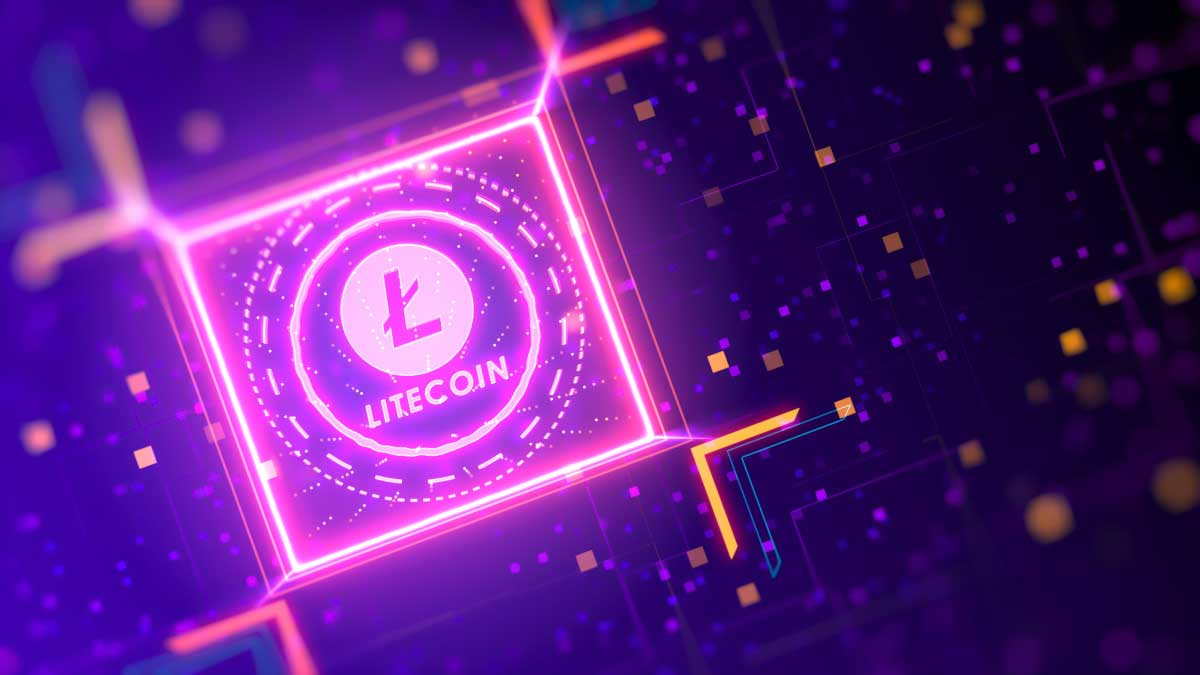
Although nowadays mining Litecoin is far more difficult because of the computational power needed and large companies invested in mining it now, Litecoin received widespread attention through mining for regular folks. Bitcoin has even been influenced by Litecoin’s developments as well. Litecoin was built on similar code, with the Lightning Network, a layer 2 solution to blockchain transactions, first being implemented on Litecoin.
These developments have made their way into the Bitcoin network. It seems that these two will forever be tied together in crypto history Bitcoin big brother and Litecoin little brother. Litecoin is very much a legacy blockchain network and one of the most recognizable cryptocurrencies out there. As the Proof-of-Work mining model may soon be rendered obsolete, being able to mine it as an investor to help out the network and decentralization in general could be a worthwhile endeavor to pursue.
What Is Cryptocurrency Mining?
Cryptocurrencies, like gold and silver, are able to be mined. This sort of mining uses a device to solve algorithms, cryptographic hash puzzles of incredible complexity. This allows miners to create new blocks, or data where the network is recorded. Many of the older cryptocurrency networks, like Bitcoin and Litecoin, were built on this functionality.
Miners act as auditors and verify a network’s legitimacy. They are rewarded for this verification work with cryptocurrency tokens. The computational work required to solve the algorithms is enormous. Though the climate change impact is often exaggerated, the Bitcoin network, which is the oldest technology, still requires more power than the entire country of Argentina.
Still, it produces a far higher market value than Argentina. Contrary to popular belief, Bitcoin only consumes 0.6% of the world’s electricity. In comparison, air conditioning is 10% of the world’s energy consumption!
Mining for Litecoin isn’t as intense in terms of energy consumption as Bitcoin is, but you should be aware of its effects so you can keep tabs on your electricity bill. The protocols coming out like Cardano and Polkadot will function with a Proof-of-Stake model. This is meant to handle many problems, such as energy consumption, of Proof-of-Work. Proof-of-Stake operates on mining power based on tokens a user owns.
It doesn’t need the large computational power of older generation blockchain mining. When you mine Litecoin you are helping out the network. Many who do not have the rigs to efficiently mine Litecoin often do so in support of the network.
Every algorithm your rig solves is one that others don’t have to solve. So if you have a stake in Litecoin, mining it will increase its value overall and you’re helping out the blockchain you’re investing in. Also, it’s pretty cool to be a part of crypto history. Years from now, people might be talking about crypto mining as a legacy of crypto’s beginnings.
Hardware Requirements
Depending on what your goals are, you’re going to need specs that follow suit. If your goal is just to participate in mining, then your CPU is fine. But you won’t be mining Litecoin directly with it. This guide will mostly focus on mining for beginners and intermediates.
You may earn a few cryptos along the way but don’t expect to be super profitable unless you invest more resources and time into mining. Think about it this way. It’s just like mining gold. Gold miners have incredible resources in order to mine them.
The market is now saturated with those who have incredible technological output to mine gold. You could just find gold randomly but those who churn out the massive profits have entire operations dedicated to them. Yes, it is still somewhat profitable by using a string of GPUs or ASICs but don’t expect a gold rush of coins to just fall onto your lap.
Beginner Miners
For beginner miners, you just need your laptop or desktop computer. It’s recommended to have a decent graphics processing unit (GPU) at least, one that gamers and video editors use. If you’re not looking to earn profit on what you mine, however, a regular PC will be able to mine fragments of Litecoin indirectly. If you’re only using a CPU, a central processing unit, be prepared to be unprofitable after electricity costs are factored in.
Intermediate Miners
For those who want to go a step further, buying an ASIC, or an Application-Specific Integrated Circuit, can help you kickstart a personal mining operation. These gadgets are made just for mining. So if you’re a bit more serious about using Litecoin to stack coins, then having one of these should probably be what you’re looking for.
Advanced miners
A whole rig of gaming GPUs or ASICs to whole warehouses full of them, advanced miners are the ones who mean some serious business. The investment on these are massive, and can be tens or hundreds of thousands of dollars of hardware.
These GPU and ASIC mining rigs are multiple thousand-dollar graphics cards or ASIC mining rigs used together to effectively mine cryptocurrencies. The more processing power you have on your computers, the higher likelihood that your computer will solve those cryptographic puzzles, leading to more profits.
This is why GPUs are recommended over just CPUs, since they are much more powerful and able to tackle video editing projects and higher end gaming. For GPUs, it would be nice to have something at least as powerful as the RTX 2060 series and beyond or an AMD model of similar GPU power.
ASIC’s, while convenient, are usually only good for mining specific cryptocurrencies. Buying several powerful graphics cards and putting them to use will more likely give you the Mh/s, or million hashes per second, to mine.
What You Need To Know Before Mining
When mining Litecoin, we’ll mostly focus on the beginner and intermediate’s way to mine. If you’re looking to be an advanced miner, it’s highly recommended that you consult or hire an electrician in order to fully know what your hardware is capable of and the electrical output that will result from it.
This is so that you know if your system is properly set up, what your electricity costs should be and have the knowledge needed for maintenance. Before we get into mining Litecoin, a word about Cloud Mining. Cloud mining is when a user rents cloud computing software without having to download it directly.
It is best to avoid Cloud Mining as the services aren’t profitable for now. You might as well buy the crypto yourself on an exchange and hold if your goal is to make long term profit. However, if you really want to dabble in it, Genesis Mining and Hashflare do provide some reputable services. Factoring costs, don’t expect to be profitable until the technology improves.
Litecoin Wallet
Where your wallet address is is where you’ll be paid for your mining work. Using the Litecoin Wallet has its perks. Through Litecoin Core, you are running your own full node on the Litecoin network. Although you can use any wallet’s receive address to mine, it might be good to use, if only to be directly part of the network.
Plus, you would be directly downloading it from Charles Lee’s (the founder of Litecoin) Foundation. Of course, if you have your own wallet where all of your coins are stored, then that’s fully acceptable to use as well. 1. Go to litecoin.org and click download.
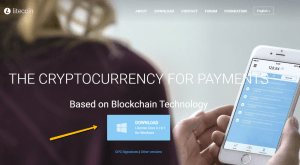
2. Keep clicking next until you can run the program.

3. Click on the Receive button at the top.
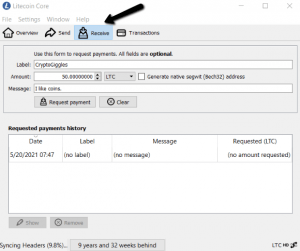
4. You should be able to find a QR code corresponding to your wallet address and be able to copy your receive address once there. When it comes to hardware wallets, any of the Trezor or Ledger models should do. Once you have those downloaded, all you have to do is go to the Receive section in either wallet in order to find your receive address. You can copy and paste that
Recommended Mining Strategy
Again, to preface, the Litecoin network has become saturated over the years. Of course, it is still easier to mine than Bitcoin. The increase in price during a bull run might actually make it worthwhile to mine.
However, to know all the costs for advanced miners, you should consult an electrician to know the cost and energy of what you’re putting in along with the potential profits that you’ll have and the exact wattage and energy consumption you’ll be charged. Advanced mining with multiple GPUs and ASICs isn’t as easy as plug and play.
What we will mainly focus on are the recommended and beginner ways to mine Litecoin. One is through a pool.
Solo mining is just not feasible, unless you have somehow struck crypto gold and can afford a whole team who can support you building a whole mining operation. Hashing out a block by yourself is incredibly unlikely.
The absolute beginner way, with not as much upfront investment, is using a program like unMineable. You won’t be directly mining Litecoin. Instead, you’re mining other crypto which will be automatically converted into Litecoin, saving you from having to convert it yourself.
Although this method is not as profitable as having an ASIC, you are, if anything, participating in mining.
1. Recommended Way with Pool Mining and ASIC (Disclaimer: Not financial advice and you may not be profitable. The only possible way to be profitable is with an ASIC and even if you choose to go with an ASIC, you should take your financial situation into account. Using this method with a GPU is possible, but Litecoin now needs more hashing power to solve algorithms, unlike the early days). That being said, the best way to mine Litecoin is still through an ASIC.
You can use a GPU to get decent results. However, an ASIC for Litecoin specifically, already has customizations that suit the blockchain. The one you want to look for is the Antminer L3++ as those have much of the recommended specifications needed.
The problem with looking out for this ASIC, however, is that you might have a rough time finding quality ASIC miners. For example, they used to sell for a few hundred dollars. Nowadays, they sell out in the thousands of dollars.
There is a world where you can grab one of these on a website for around $500 but you should carefully vet the person you buy it from. And remember, an ASIC’s purpose is only mine cryptocurrencies. This means that you might find them but might also have a hard time reselling them.
If you are willing to commit and hold onto the coins, it could still be profitable, especially if Litecoin continues to go up in value over the next few years. Since it is a legacy network and it has a fixed supply, the price could end up being really high.
Whichever ASIC miner you end up choosing, if you end up doing this, each comes with their own mining software. You will need to choose your mining pool afterwards. Unless you have a warehouse full of GPUs and ASICs, you’ll need a mining pool. The one that has been around since the early days is litecoinpool.org, which even has the option of you giving a donation to the Litecoin Foundation.
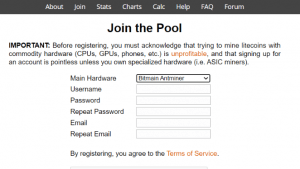
Create a username and password as well as input your email. The platform greatly discourages the use of a CPU and GPU, saying over several steps of the process that it won’t be profitable. There is a process that has you use a batch file for an old 2012 protocol but it seems to be dysfunctional nowadays.
The protocol for GPU mining on litecoinpool.org is discouraged and may not work unless you heavily configure it. It is a bit humorous that, in their own words, it is ‘pointless’ to mine with GPU. Depending on which ASIC you choose to mine with, you will choose them in the Main Hardware drop down section.
All of these configurations may differ so it’s best to read everything on the website to see what configuration works best with your ASIC. After you’re done with your personal configuration, be sure to input your wallet address or you won’t be receiving any of your mined crypto.

2. Indirectly Mining Litecoin Through unMineable Although there are many ways to indirectly mine Litecoin, this is one of the easiest. 1. First, go to unMineable.com. You’ll want to click on the unMineable button at the top.

2. Scroll down until you see the Litecoin button and click. This will make it so that what you mine is converted into Litecoin.
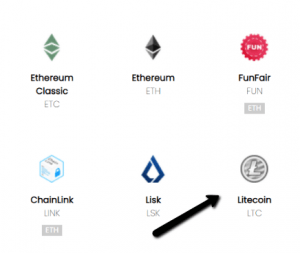
3. Click the Download button at the top. Afterwards, you can click the big green download button. Alternatively, you can right click it and hit Save link as… in order to put it in a folder of your choice. Like a lot of mining software online, your browser might detect it as a virus. Either switch to another browser to download it or grant your browser permission to download it.
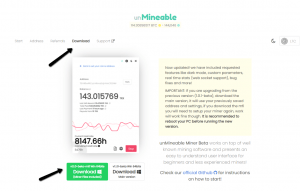
4. From here, you want to unzip the folder. 7-zip will do the trick if you don’t have the software to unzip files. Right click the application and unzip it to a location of your choosing with Extract here or Extract files.

5. After unzipping the software, you want to run unMineable as administrator. Also, if you run into any problems, make sure that your firewall or anti-virus aren’t blocking the software and allow unMineable to open, which can be done through your control panel.


6. You’ll be met with the unMineable app. Simply click continue. Next, you’ll be met with the mining software you need to get started, which is PhoenixMiner in this case for GPU downloads. If you’re using CPU, you’ll have to download xmRig. Warning: Make sure to only download xmRig and PhoenixMiner from GitHub. If you download from anywhere else, you may be downloading potentially malicious programs. GitHub is the main trusted home for open source software.
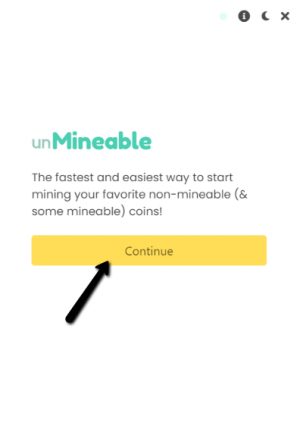
7. To find the right program, simply check what operating system you’re using and match that with the download. If you’re using Windows, click Windows. If you’re using Linux, click Linux. You will be using PhoenixMiner if you have a GPU and xmRig for CPU. Note that a Mac option exists for the CPU on xmRig. Macs usually do not come with GPUs, so mining with them is unprofitable.
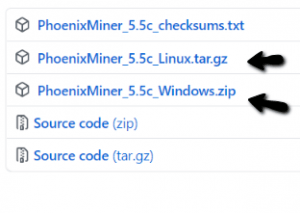
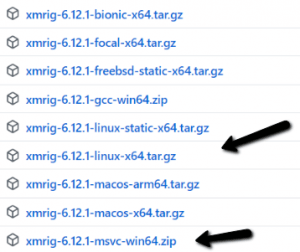
8. Like when you downloaded unMineable, extract these files and go back to unMineable. Click on the folder icon and find the .exe files that correspond with your operating system and GPU or CPU.
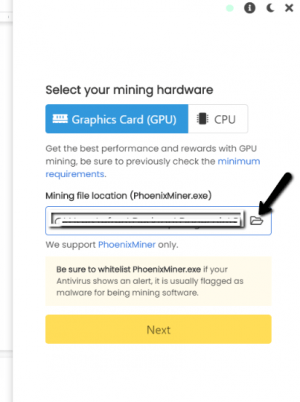
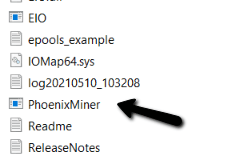
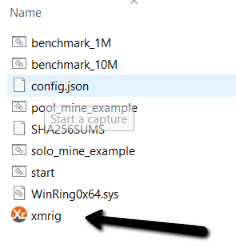
If you’re having trouble finding the .exe file, right click on the programs and find the properties section. You’ll see what kind of file it is.
9. After you’ve chosen your mining software, click next. You should find a space where you can copy and paste your wallet address. This is usually under the ‘receive’ section of your wallet.
If you’re using the Lite Core Wallet, you’ll find it in the receive section, like in the Wallet section of this article. You’ll find it under the QR Code. Whether you’re using a software wallet, exchange wallet, or Dogecoin Core wallet, copy and paste that into your unMineable address.
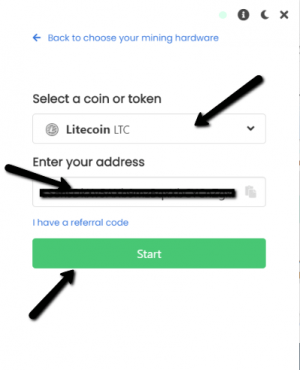
10. Finally, click start. After that, you should be seeing the Hashrate being displayed. If you don’t, you’re not mining.

If your application doesn’t work, try using an older version of PhoenixMiner or xmRig. The updated version might not have been added. Also, make sure you’ve allowed permissions on your Firewall and anti-virus as well as run unMineable on administrator. If you still don’t see a solution to your problem, the support page should help you find what you’re looking for. Awesome, you’re now mining.
[ad_2]
Source link

